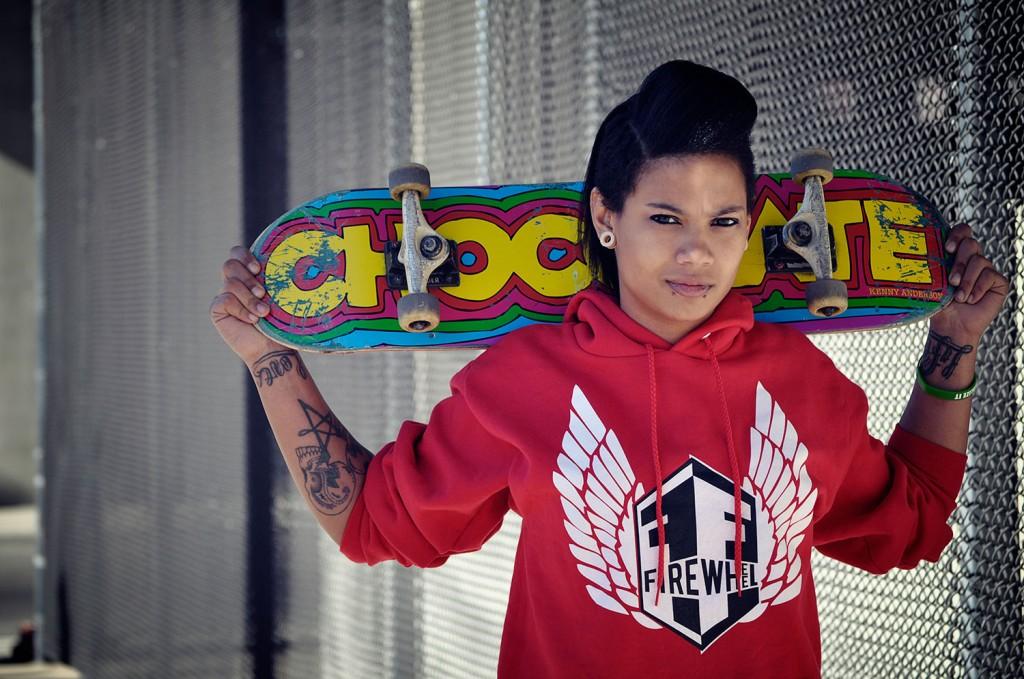By Remy McCool/reporter

TR Campus students heard Nov. 20 about the conspiracies that still surround the assassination of John F. Kennedy.
Jack Duffy, author of The Man from 2063, discussed the details that have led many to believe JFK’s assassination was not a random act but a conspiracy conceived months prior.
“The latest poll that they did this past week on The Today Show shows 71 percent of the American people believe there was a conspiracy,” he said.
Duffy, who was a second-grader when JFK was killed, became interested in the tragic event when he saw the Zapruder film at a friend’s house in 1972.
“When I saw the film, I was convinced the shot that killed Kennedy had come from in front of him, not from the rear,” he said.
Abraham Zapruder, a private citizen who was in downtown Dallas to see the president, was the only person who filmed the entire assassination. Most film of the event was confiscated at the scene, Duffy said.
“Several people who took film got their film taken from them at the time, right on the scene there and never got their film back, which raises suspicions about why they never got their film back and what their film might have shown,” he said.
Conspiracy theories have raged for years regarding Kennedy’s assassination despite Dallas police and the 1964 Warren Commission concluding that Lee Harvey Oswald acted alone in killing the president.
Facts that Duffy said support a conspiracy include 54 eyewitnesses who said the shot came from behind a fence on a grassy knoll. Immediately following the shot, dozens of people ran up the knoll, indicating the shot came from that area. Furthermore, some witnesses said they saw gun smoke from behind the fence, Duffy said. Later, footprints and cigarette butts were found there as well.
“I don’t see how you can disregard 54 eyewitnesses on this,” he said.
Witness James Tague had his face cut when a bullet that missed the president and hit the curb where he stood. This added bullet had to be accounted for, Duffy said. Since four shots were more than one person could fire, the commission formulated the single bullet theory to solve the problem.
“Well, maybe one bullet hit both Kennedy and [Texas Gov. John] Connally,” he said about the commission.
Connally and doctors who treated him agreed it was impossible for the same bullet to have hit both men. A ballistics test proved the same.
Also suspicious were the 78 deaths of people who were connected to the case, all of which took place within 10 years of Kennedy’s death. All died from claimed suicides or freak accidents, Duffy said. None died from natural causes.
Included in those deaths were the photographer of the autopsy, news reporters who had conducted interviews and eyewitnesses.
Speculation existed that Kennedy had a connection with the mob.
“There’s a lot of evidence to support the theory that the Mafia swung the election to Kennedy in Illinois,” he said.
Joe Kennedy, the president’s father, made a deal with organized crime to ensure JFK would win Illinois and, therefore, the election, Duffy said. In exchange, the Mafia wanted the Kennedys to leave the mob alone, but Robert Kennedy, the president’s brother and attorney general, later went after the mob, Duffy said.
“Robert Kennedy targeted all major mobsters in the United States,” he said. “In fact, he had made a promise that he was going to wipe the Mafia out of the United States completely.”
This gave motive to the mob to kill Kennedy, Duffy said.
Duffy said Oswald could not have been in the sixth-story window of the Texas School Book Depository at the time of the shooting because an employee said Oswald was in her office within 30 seconds of the shooting. Later, Oswald was tested for gun powder residue on him, and the test proved negative.
“I think there was a shooter on the knoll as I’ve already explained why,” he said. “I think there was a shooter on the sixth-floor window using Oswald’s weapon. It wasn’t Oswald. And I think there was another shooter used for insurance in case the other two missed, and that shooter was probably on the roof of the records building.”


























